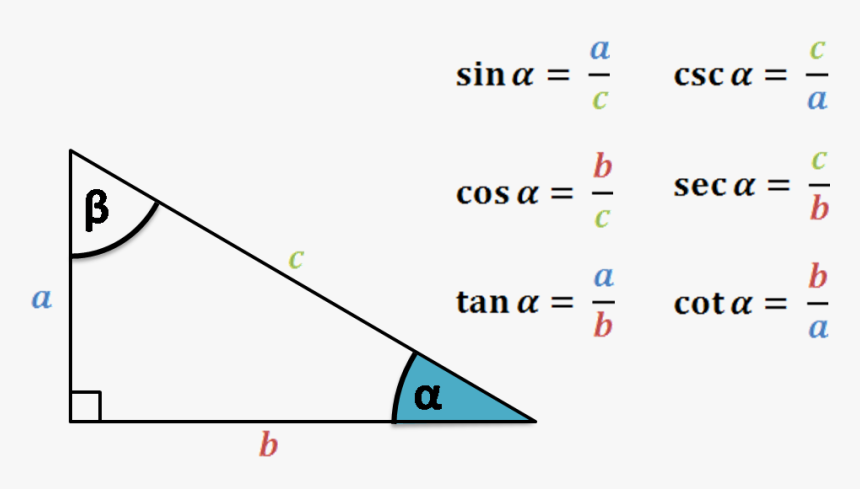Sin cos tan formula is nothing less than a mantra in order to solve the trigonometry branch of mathematics. This is something that most mathematicians keep on chanting and we believe you also must have come across the same.
Well, here we shall discuss some of the values and formulas of sin cos tan values. These are some of the fundamental and very basic functional values that are used to solve various problems in trigonometry.
Sin Cos Tan Formula

If you have ever studied trigonometry then we bet you must have heard of the sin cos tan values. In fact, these values are what define trigonometry on the number of occasions. The prime use of these values is to determine the angles and sides of the given triangle. Furthermore, the cotangent, secant, and cosecant are the other values that are useful for the same cause.
Well, when we get the values of sin cos and tan for the given triangle then we consider some specific angels. These angels contain the values of 0°, 30°, 45°, 60°, and 90° respectively in the same order. You can consider keeping these values in your head as you will be needing them most often in trigonometry.
The formula for Sin Cos and Tan Values
Well, the values sin cos and tan are known as the sine, cosine, and tangent in their true forms. In simple mathematics, you can consider these values as the ratios to each other. Furthermore, if you understand how ratios and proportions work then you will understand that they don’t follow any precise formula. Rather we just have to flip the values of ratios in order to find the value of one another.
In a similar manner sin, cos and tan have no particular formula rather they have their respective values. So, all we have to do is just place the values into each other and then find the value of the missing term. For instance when we need to find the value of tan then we simply need to divide the sin/cos.
This can also form an equation like Tan = Sin/Cos and this equation can alter its form as per the change in the values and requirements.
So, we believe that this explanation would assist our users in understanding the whole equation of sin cos and tan formula. With this explanation, they can form the respective formula as per the requirement of the trigonometric equation.
FAQS ON SIN COS TAN FORMULA CHART:
- What is the Sin Cos Tan formula?
A: The Sin Cos Tan formula is a set of three trigonometric ratios used to solve problems involving right triangles. The three ratios are:
- Sine (sin): Opposite/Hypotenuse
- Cosine (cos): Adjacent/Hypotenuse
- Tangent (tan): Opposite/Adjacent
- What is the Trigonometry Formula Chart?
A: The Trigonometry Formula Chart is a chart that shows all of the formulas used in trigonometry, including the Sin Cos Tan formula. The chart includes formulas for trigonometric functions such as sine, cosine, tangent, secant, cosecant, and cotangent, as well as formulas for inverse trigonometric functions, identities, and laws.
- What is the use of the Sin Cos Tan formula?
A: The Sin Cos Tan formula is used to solve problems involving right triangles, such as finding the length of a side or the measure of an angle. It is also used in many fields such as engineering, physics, and astronomy.
- How do I remember the Sin Cos Tan formula?
A: One way to remember the Sin Cos Tan formula is to use the acronym “SOH-CAH-TOA”, which stands for:
- Sine = Opposite/Hypotenuse (SOH)
- Cosine = Adjacent/Hypotenuse (CAH)
- Tangent = Opposite/Adjacent (TOA)
You can also use the Unit Circle to help you remember the formulas.
- How do I use the Trigonometry Formula Chart?
A: To use the Trigonometry Formula Chart, you need to identify the formula that applies to the problem you are trying to solve. Once you have identified the formula, you can substitute the values you know and solve for the value you are looking for. It’s important to pay attention to the units of measurement and to use the correct formula for the problem you are trying to solve.


